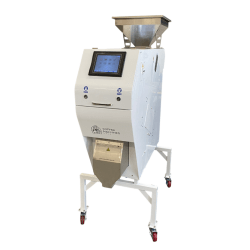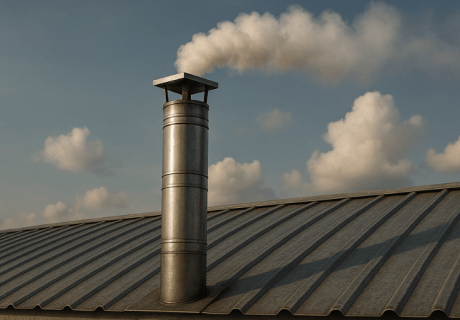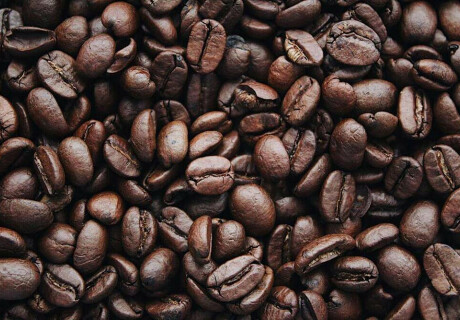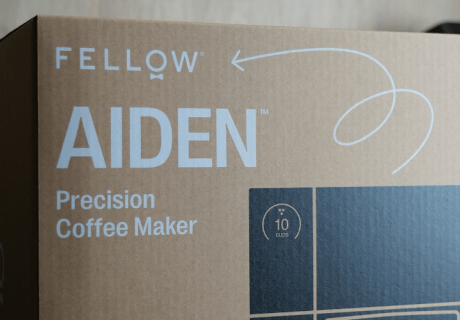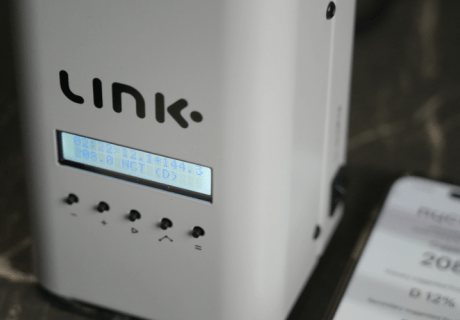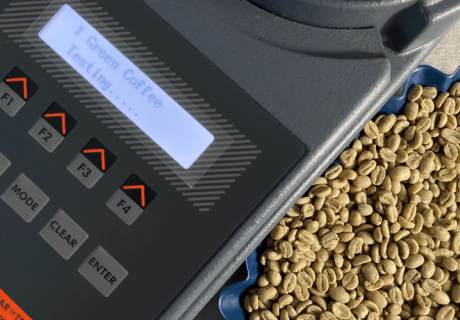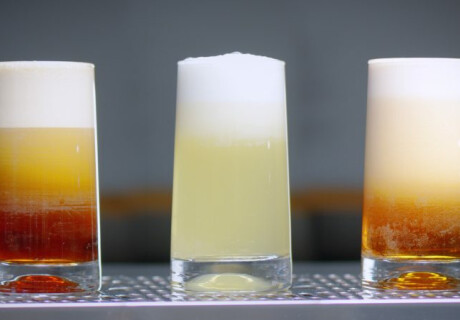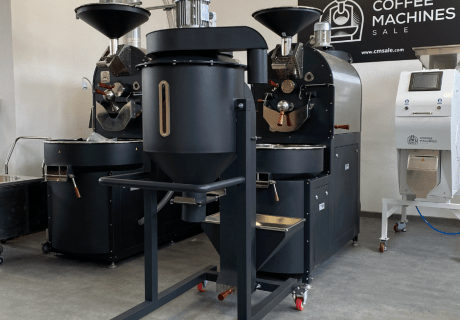How Not to Make Enemies Around the Roastery: A Guide to Coffee Roaster Exhaust Filters
Coffee roasting is a crucial process in the coffee industry, transforming raw green coffee beans into aromatic brown beans. However, this process generates various pollutants that need to be addressed to minimize environmental impact and comply with air quality regulations. This article provides an in-depth look at the challenges of coffee roasting emissions and the methods used to treat them.
Understanding Coffee Roasting Emissions
The coffee roasting process releases a complex mixture of pollutants into the air. These emissions typically include:
- Particulate Matter (PM): Fine particles of coffee chaff and other solid materials.
- Volatile Organic Compounds (VOCs): A wide range of organic chemicals that easily vaporize at room temperature.
- Nitrogen Oxides (NOx): Formed from the combustion process, especially at high temperatures.
- Carbon Monoxide (CO): A product of incomplete combustion.
- Odors: Strong aromatic compounds that can be a nuisance to surrounding areas.
The composition and quantity of these emissions can vary depending on factors such as the type of coffee beans, roasting temperature, duration, and the specific roasting equipment used.
Challenges in Treating Coffee Roasting Exhaust
Treating coffee roasting exhaust presents several unique challenges:
- Variability of Emissions: The composition of roasting emissions can change throughout the roasting process, making it difficult to design a one-size-fits-all solution.
- High Temperature: Roasting exhaust is typically hot, which can affect the efficiency of certain treatment methods and require additional cooling steps.
- Moisture Content: The exhaust contains moisture from the beans, which can interfere with some treatment technologies and potentially create additional waste streams.
- Odor Control: Coffee roasting produces strong, distinctive odors that can be challenging to eliminate completely.
- Space Constraints: Many roasteries, especially in urban areas, have limited space for large exhaust treatment systems.
- Energy Efficiency: Some treatment methods require significant energy input, which can impact the overall sustainability and cost-effectiveness of the roasting operation.
Methods for Treating Coffee Roasting Exhaust
Several technologies are employed to treat coffee roasting exhaust, often used in combination to address different aspects of the emissions:
1. Thermal Oxidizers (Afterburners)
Thermal oxidizers, also known as afterburners, operate by heating exhaust gases to extremely high temperatures (typically 700-1000°C or 1292-1832°F) in a combustion chamber. At these temperatures, organic compounds and odors are oxidized into simpler, less harmful substances like CO2 and water vapor. The process usually involves:
- Preheating the incoming exhaust gases
- Injecting them into the combustion chamber
- Maintaining the high temperature with gas burners
- Releasing the treated exhaust through a stack
Thermal oxidizers can achieve up to 99% reduction in VOCs and are highly effective at eliminating odors, but they consume significant energy and may require additional fuel for optimal operation.
2. Catalytic Oxidizers
Catalytic oxidizers work on a similar principle to thermal oxidizers but use a catalyst (often containing precious metals like platinum or palladium) to lower the oxidation temperature. The process typically involves:
- Preheating the exhaust gases to 300-500°C (572-932°F)
- Passing the gases through a catalyst bed
- Oxidizing pollutants on the catalyst surface
- Releasing the treated exhaust
Catalytic oxidizers offer lower operating temperatures and reduced energy consumption compared to thermal oxidizers, but they have higher initial costs due to the catalyst and can be susceptible to catalyst poisoning or fouling.
3. Electrostatic Precipitators (ESPs)
Electrostatic precipitators remove particulate matter from the exhaust by using electrical forces. The process involves:
- Passing exhaust through an ionization chamber
- Electrically charging the particles
- Attracting charged particles to collection plates with the opposite charge
- Periodically cleaning the collection plates
ESPs are highly effective at removing fine particulate matter with low pressure drop, but they are less effective at removing gaseous pollutants and odors, and require regular maintenance of collection plates.
4. Water Ecofilters
Water Ecofilters (formerly known as wet scrubbers) use water to remove pollutants from the exhaust stream. The process typically includes:
- Passing exhaust through a chamber with water droplets or a water curtain
- Capturing particulates and water-soluble gases in the water
- Treating or disposing of the resulting wastewater
While Water Ecofilters can remove some particulates and water-soluble gases, they have significant drawbacks:
- Very noisy operation, which can be disruptive to the work environment
- Complex installation process, requiring specialized expertise and potentially lengthy downtime
- Occupy a large amount of space in the coffee roastery, which can be problematic for smaller facilities
- High visibility of smoke emissions, which may not effectively address visual pollution concerns
- Minimal odor removal, leaving one of the primary concerns of coffee roasting emissions largely unaddressed
- Generate wastewater that requires treatment, adding to operational complexity and costs
- Less effective at removing non-water-soluble VOCs, which are a significant component of coffee roasting emissions
5. Activated Carbon Filters
Activated carbon filters adsorb organic compounds and odors onto their highly porous surface. The process includes:
- Passing exhaust through a bed of activated carbon
- Trapping organic molecules in the pores of the carbon
- Periodically replacing or regenerating the carbon

The photo shows a Stronghold J7 carbon filter, which is compatible with the S7Pro and S7X models and features multiple levels of filtration.
Activated carbon filters are highly effective at removing odors and VOCs with relatively simple installation and operation, but filters require regular replacement or regeneration and are less effective at high temperatures, often requiring pre-cooling of the exhaust.
Challenges in Cleaning Air from Bean Cooling
While much attention is given to the emissions from the roasting process itself, the cooling stage of coffee production also presents unique challenges in air cleaning. After roasting, coffee beans need to be rapidly cooled to stop the roasting process and prevent over-roasting. This cooling process, typically done by blowing ambient air over the hot beans, generates its own set of emissions.
The air used for cooling picks up fine particles of chaff (the outer skin of the coffee bean that comes off during roasting), as well as volatile organic compounds that continue to be released from the beans as they cool. This cooling exhaust is often at a lower temperature than the roasting exhaust, which can make some treatment methods less effective.
Additionally, the volume of air used in cooling can be substantial, potentially overwhelming treatment systems designed primarily for roasting exhaust. The intermittent nature of the cooling process (occurring in batches rather than continuously) can also pose challenges for maintaining consistent performance in air cleaning systems.
Effectively treating this cooling air often requires a separate or additional treatment strategy, such as cyclone separators for chaff removal followed by activated carbon filtration for odor control.
Don't be a problem to your neighbors - filter the exhaust air
Treating coffee roasting exhaust is a complex but necessary process to ensure environmental compliance and good neighborly relations for coffee roasteries. The choice of treatment method(s) depends on various factors including the scale of operation, local regulations, available space, and budget. Often, a combination of technologies is used to address different aspects of the emissions effectively.
As the coffee industry continues to grow and environmental regulations become stricter, ongoing research and development in this area are crucial. Future innovations may focus on more energy-efficient treatment methods, better integration of exhaust treatment with heat recovery systems, and solutions tailored specifically for small-scale or artisanal roasters.
Ultimately, effective exhaust treatment is not just about regulatory compliance—it's an essential part of sustainable and responsible coffee production, ensuring that we can continue to enjoy our favorite beverage without compromising air quality and environmental health.







